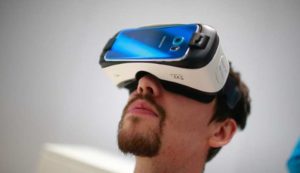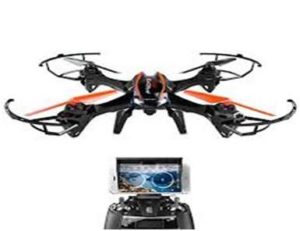Future Of CRF Design: Tech Trends To Watch
Case report forms (CRFs) serve as the backbone of clinical trial data collection processes. However, traditional approaches to CRF planning and design often create inefficient experiences for both participants and study teams.
Common issues include overlong forms, redundant questions, unclear wording, formatting that hinders key data capture, and lack of intuitive interfaces or accessibility features. As clinical trials continue decentralizing into hybrid and virtual models, new challenges compound these existing pain points around keeping participants engaged remotely, securing data privacy, and upholding data integrity at scale.
Thankfully, recent IT advances promise to transform legacy CRF limitations and meet emerging virtual trial demands through cutting-edge automation, optimized user experience, and built-in data security. This article will highlight the top technology trends poised to shape the next generation of CRF design. Let’s explore how they can overhaul CRFs for the better across the clinical research ecosystem.
Driving Decentralized Data Capture Through Enhanced EDCs

Electronic data capture (EDC) systems are one of the foundation technologies making the shift to decentralized clinical trials possible. By enabling online completion of CRFs, EDCs eliminate the need for cumbersome paper forms and manual data entry. This significantly accelerates workflows and saves costs compared to traditional methods.
However, EDCs provide more than just speed and convenience; they can actively improve data quality as well. Features like conditional logic, real-time validation checks, and cross-form error detection all help enhance accuracy and completeness during the data capture process.
As on-site visits become reduced, EDCs will be critical for enabling participant self-reported data entry from any location. Optimized for use on all devices – from desktops to smartphones – enhanced EDCs allow participants to fit trial activities into their regular routine. Leading systems also incorporate wearable device integration for easy biometrics data transfer and provide conversational user interfaces with voice commands for intuitive guided interactions.
You can seek insights from industry experts like Formedix to know more about CRF design and how to create effective ones using modern EDCs and similar technologies.
AI-Powered Design Automation
Artificial intelligence promises to inject new levels of automation into CRF design and management.
By assessing large volumes of past CRF examples and analyzing the distributions of data completeness, structure, and quality, AI algorithms can determine optimal approaches. For example, natural language processing can evaluate how factors like question phrasing, answer type, conditional logic, and section structure impact response rates and accuracy. These aggregated insights can then guide researchers in making fully data-driven decisions when constructing new CRFs around the best ways to capture comprehensive, high-quality data.
AI can also automate many time-intensive manual processes in CRF administration. The ability to automatically extract only the most relevant information from patient medical records avoids duplication and saves significant time over manual chart reviews. Intelligent algorithms can scan documents to identify pertinent details on medical history, verify inclusion/exclusion criteria, and populate dozens of fields instantly. This prevents repetitive data re-entry while also reducing human error and compliance risks.
Pushing the boundaries even further, AI one day may even handle initial CRF prototyping independently before researcher input. By letting the AI handle best practice elements like question flow, answer formats, and basic validations, teams could focus their efforts on high-value strategic revisions.
Unlocking Real-World Insights Through Novel Data Streams
The emergence of wearable devices and sensors enables more continuous and passive measurement of biometrics, lifestyle factors, and environmental exposures rather than relying solely on periodic in-clinic assessments. Secure integration of data from these novel sources directly into CRFs can massively expand researcher capabilities for observing how interventions perform in real-world contexts. This provides much richer longitudinal insights into health outcomes beyond artificial clinical environments.
However, developing clear protocols around what level data to collect and when to preserve privacy will be key considerations when incorporating sensor-generated data.
Upholding Data Security And Integrity In Virtual Studies
As trials decentralized and shift towards increased virtual self-reported data collection, upholding participant privacy and preventing fraud grows in importance. New safeguard technologies can address these needs. Biometric techniques like facial/voice recognition confirm user identities prior to granting data access. Blockchain creates immutable, timestamped trails of all changes to better track proper protocols in remote settings.
Together, these emerging techniques can maintain integrity and ethical standards as trials take on new virtual-first models.
Optimizing For The Participant Experience
At its core, CRF innovation should revolve around the participant experience in order to power research advancements. Conversational user interfaces and quantified self-tracking approaches put participant needs first. Optimizing for ease of use and access through cutting-edge technology can significantly expand clinical trial diversity and representation. More inclusive recruitment that intersects with participants’ existing use of devices results in more rapid therapeutic progress.
Conclusion
Leading-edge technologies like enhanced EDCs, sensor integration, automation, and built-in security are driving a new era of optimized CRF design focused on patient-centricity. As clinical research continues evolving towards decentralized and diverse trials, adopting modern CRF innovations will accelerate learnings to bring life-changing therapies to more people sooner.








